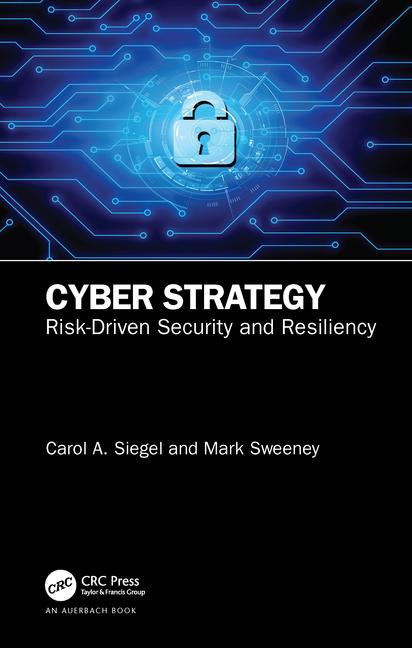Geopolitical uncertainty has dramatically increased the chances that healthcare organizations will experience more security attacks in the next couple of years. Specifically, SecOps teams need to prepare for even more ransomware attacks to extort money along with “lights out attacks” designed to cripple day-to-day operations.
The last two years have proven that the statement, “No one would want to hurt a hospital or healthcare clinic,” is a false narrative. Cyberattacks against network servers in the healthcare sector rose 35% in 2020 and another 53% in 2021, according to Fortified Health Security reports. Bad actors are ensuring that healthcare organizations either spend now on security defenses or pay later for ransoms, fines and lawsuits.
Systems integrators can help their healthcare clientele start the process with a three-point plan focused on prevention, detection and vigilance. Here are some focused recommendations from this three-point plan:
- Deploy an inline security solution to reduce as many vulnerabilities within the network as possible
Inline security solutions are a high-impact technique that can address security threats, especially ransomware targeting healthcare networks. These solutions can eliminate 90% or more of incoming security threats before they even enter a network. An inline security solution includes both security appliances (like an intrusion prevention system (IPS), web application firewalls (WAF), TLS 1.3 decryption, etc.) and infrastructure components like external bypass switches and network packet brokers to access and deliver complete data visibility. This allows for the examination of all suspect data entering the network.
- Hunt down intrusions to find and quickly remediate intrusions that are discovered in the network
Unfortunately, inline solutions cannot prevent everything. This is why networks need a second level of defense that help actively search for threats. This part of the plan uses taps and network packet brokers to capture relevant packet data and then feed that data to purpose-built threat hunting tools to proactively look for indicators of compromise (IOC) within network components and the Internet of Medical Things (IoMT) devices.
- Periodically test network defenses with breach and attack simulation (BAS) to make sure they detect and block threats.
The third level of defense is to periodically validate that network security architecture is working as designed. This means using a BAS solution to safely check network defenses against real-world threats to find any holes before hackers identify them.
Why You Should Expect the Unexpected
A focus on cybersecurity is key to success. Once a cyberattack or breach has been launched, the threat needs to be quashed. However, it is just as important to get back to normal operations as fast as possible to maintain business continuity and satisfy patient needs. The key to making cyber resiliency work safely is to engineer an organization’s security architecture with self-healing capabilities from the start.
Some examples of engineered cyber resilience include:
- External bypass switches that use heartbeat messaging. These devices can be set to Fail Open or Fail Closed, as you choose, and revert back to normal operation once a problem is resolved. This creates a self-healing architecture.
- The use of inline and out-of-band network packet brokers that have n+1 survivability functions for security applications. This increases network reliability and delivers additional inline security fail-over techniques.
- Clustered security appliance configurations for improved survivability
- Inline packet brokers with Active-Active processors that provide enhanced business continuity without loss of data. Active-Standby solutions lose data when the standby processor comes online.
- Use of network packet brokers that support integration to SIEMs. This allows the network to use automation to collect data faster and thwart security attacks as fast as possible.
- A BAS solution that supports a recommendation engine that tells the organization where problems exist and how to fix them. Some BAS solutions can even communicate the necessary remediation to SIEMs to increase the speed of reaction to security attacks.
Keith Bromley is senior marketing manager at Keysight Technologies. This article first appeared on SDM sister publication Security Magazine.





